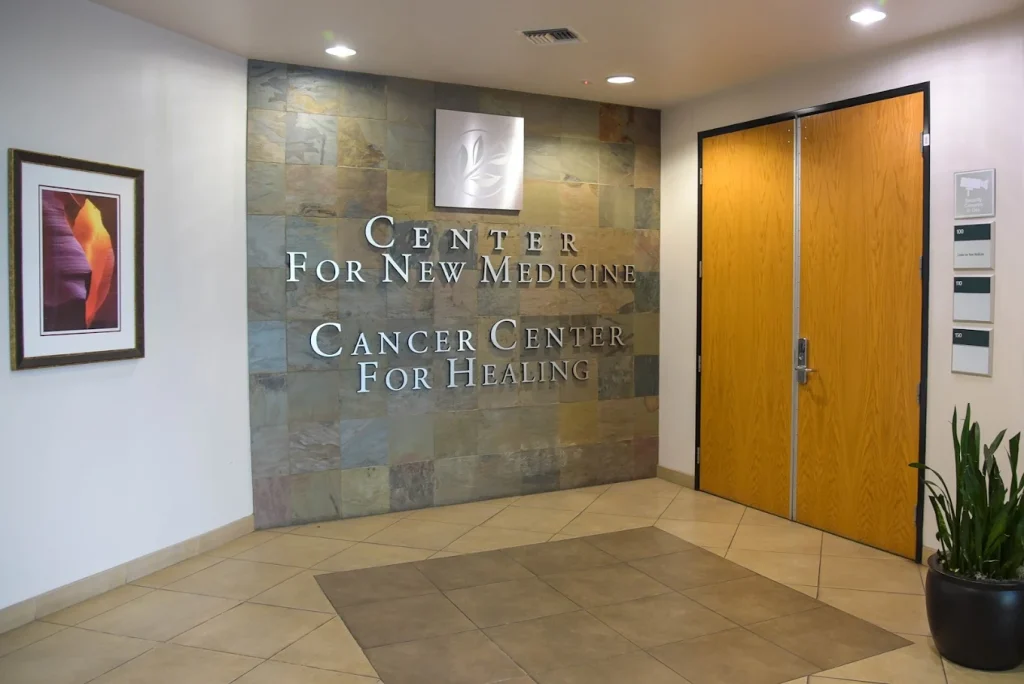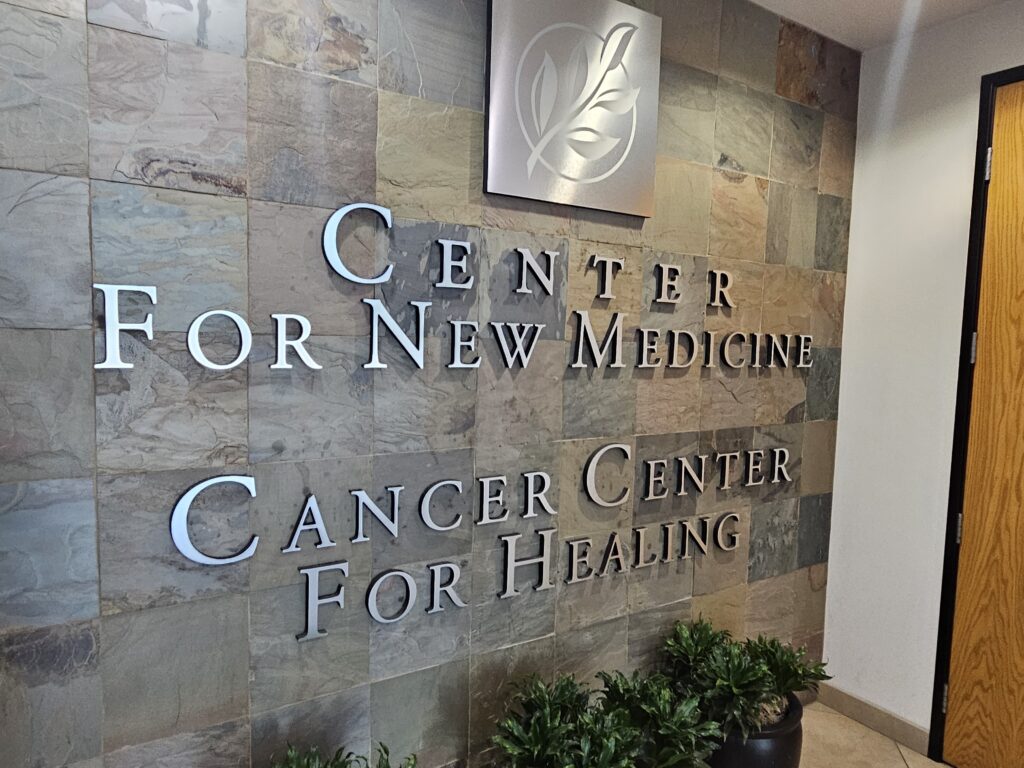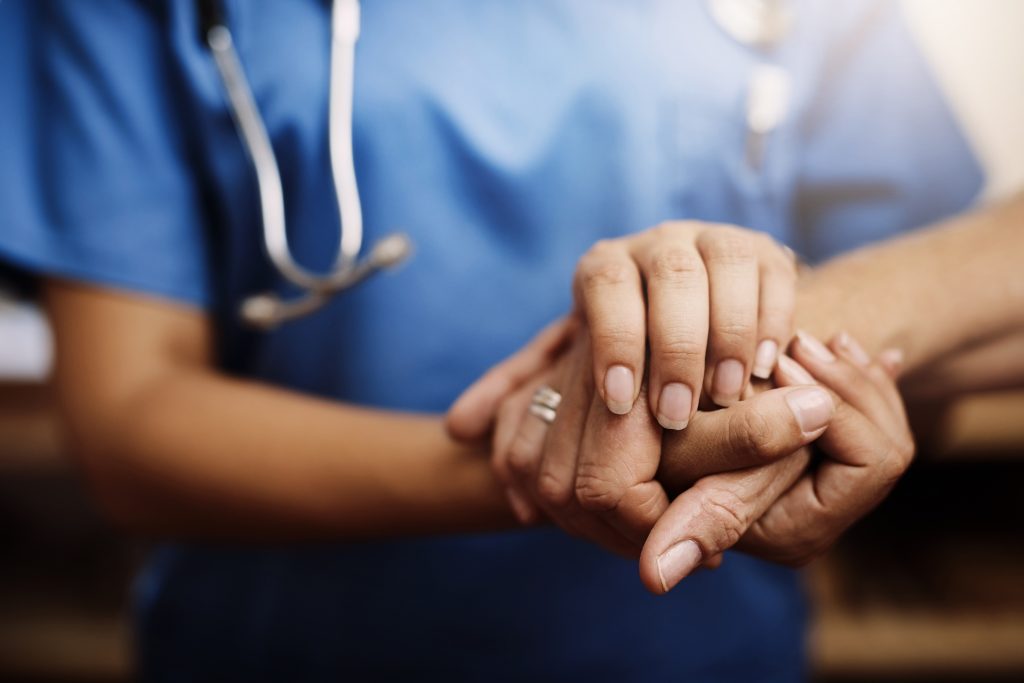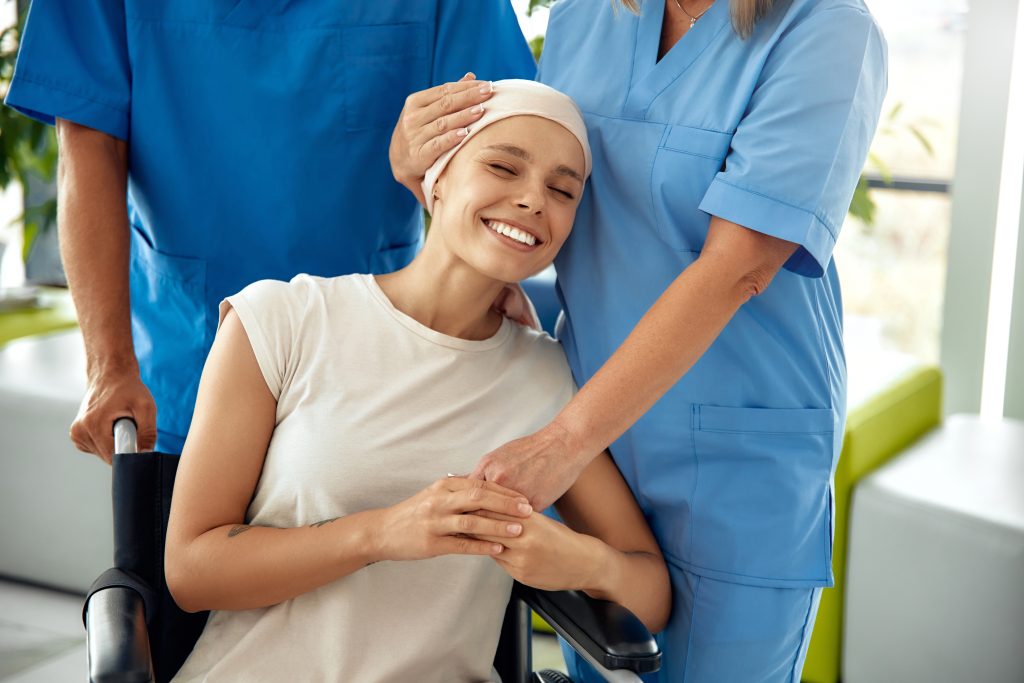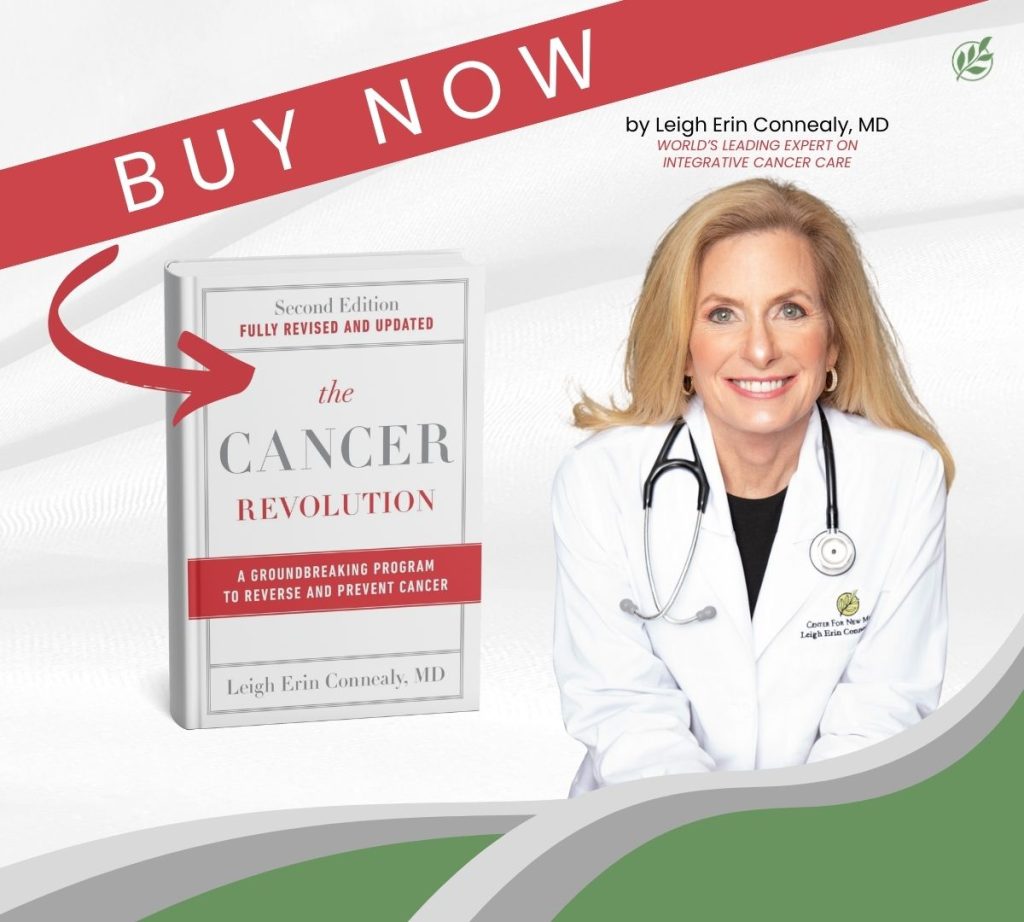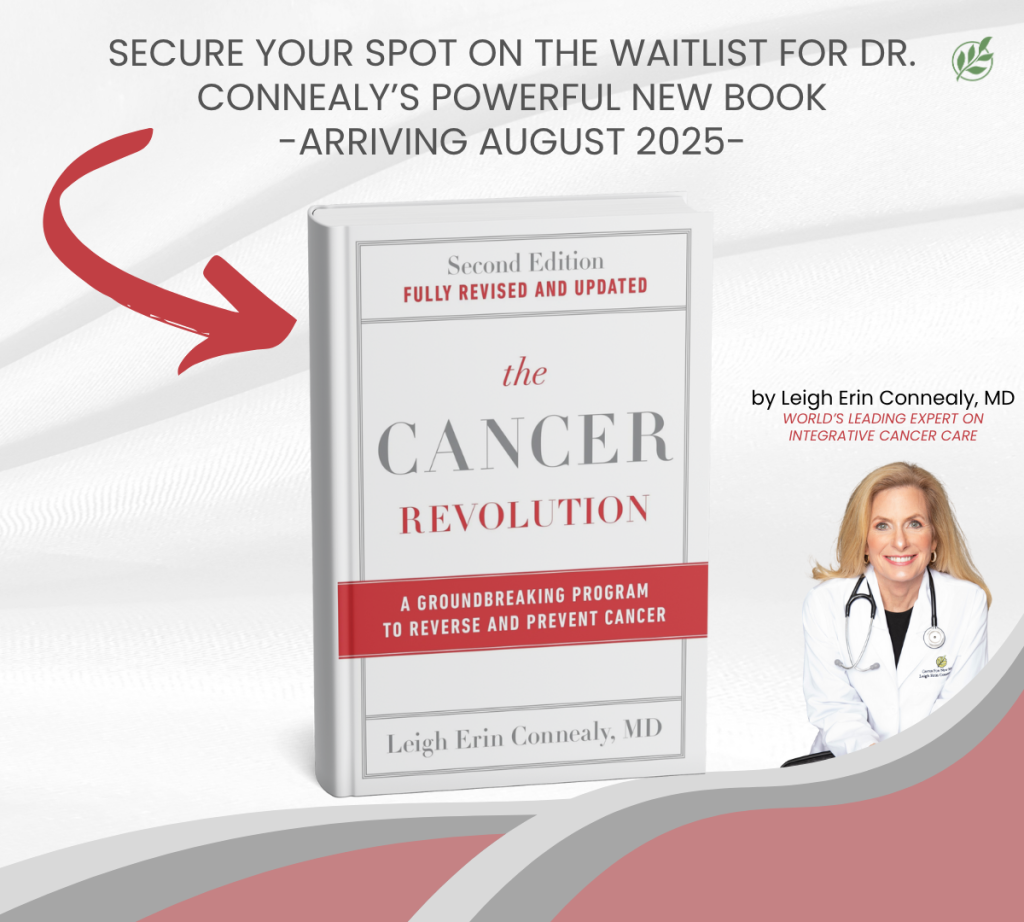A red circle on the breast is a concerning symptom that may indicate an underlying medical condition. This circular red mark on the breast may be accompanied by other symptoms such as itching, pain, or changes in skin texture. It is essential to seek medical attention immediately if you notice a red circle on your breast to identify the underlying cause and receive appropriate treatment.
Key Takeaways:
- A red circle on the breast may indicate an underlying medical condition.
- This circular red mark on the breast may be accompanied by other symptoms such as itching, pain, or changes in skin texture.
- It is essential to seek medical attention immediately if you notice a red circle on your breast to identify the underlying cause and receive appropriate treatment.
Understanding a Red Circle on the Breast
A red circle on the breast can be a cause for concern, as it may indicate an underlying health issue. Typically, when people refer to a red circle on the breast, they are describing a circular red mark on the breast area, which could appear raised, flat, or bumpy.
It is essential to pay attention to any changes in the breast’s skin texture, color, and appearance, and seek professional medical advice promptly. Often, a red circle on the breast can be accompanied by other symptoms such as itching, pain, or warmth in the affected area.
What does a Red Circle on the Breast look like?
A red circle on the breast presents as a reddish-pink circular spot on the breast area that may differ in size and shape. It could be smooth or scaly, and the border may appear well-defined or unclear. Sometimes, the center of the circle may clear up, leaving a ring-like mark behind.
In rare cases, a red circle on the breast may be a sign of inflammatory breast cancer, which can present as a rash-like appearance with redness and warmth over the breast. Therefore, it is crucial to seek medical attention if there are any concerns about changes in the breast’s skin.
Causes of a Red Circle on the Breast
A red circle on the breast, also known as a round red spot on the chest or a breast rash red circle, can have various underlying causes. Some of the most common ones are as follows:
| Cause | Description |
|---|---|
| Skin conditions | Conditions such as eczema or psoriasis can cause redness and inflammation on the breast. |
| Allergies | Reactions to detergents, fabrics, or other irritants can result in a red circle on the breast. |
| Infections | Certain bacterial, fungal, or viral infections can cause redness and itchiness on the breast. |
| Cancer | In rare cases, a red circle on the breast can be a symptom of inflammatory breast cancer, a fast-growing type of cancer that affects the lymphatic vessels in the breast. |
It is crucial to seek medical attention if one notices a red circle on the breast or a red patch on the breast, as a correct diagnosis is necessary for proper treatment.
Symptoms Associated with a Red Circle on the Breast
A red circle on the breast is often accompanied by a range of symptoms that may vary depending on the underlying cause. Some of the most common symptoms associated with a red circle on the breast include:
- Redness or discoloration of the skin
- Itching or burning sensations
- Pain or tenderness in the affected area
- Changes in the texture of the skin, such as thickening or scaling
It is also possible for a red circle on the breast to be accompanied by other symptoms, such as fever, chills, or fatigue, depending on the underlying condition. In some cases, a red circle on the breast may be indicative of a more serious medical issue, such as breast cancer, particularly if it is accompanied by other concerning symptoms such as a lump or discharge from the nipple. Prompt medical attention and diagnosis are essential in such cases.
If you experience any of the above symptoms, it is essential to seek medical attention to determine the underlying cause of the red circle on your breast. Your healthcare provider may conduct a physical examination and review your medical history to make a diagnosis. They may also recommend additional tests or imaging procedures to confirm the diagnosis.
Diagnostic Process for a Red Circle on the Breast
When a red circle appears on the breast, it is important to seek medical attention promptly. A healthcare provider will likely perform a physical examination of the breast, including checking for any lumps or other changes, and review the patient’s medical history. They may also conduct additional tests or imaging procedures to determine the underlying cause of the circular red mark.
The diagnostic process may involve a skin biopsy, where a small sample of the affected skin tissue is removed for analysis. This can help rule out or confirm the presence of certain conditions, including skin allergies or infections. In some cases, a mammogram or breast ultrasound may be recommended to evaluate any changes in the breast tissue.
If cancer is suspected, the healthcare provider may order further tests, such as a breast MRI or a breast biopsy, to confirm the diagnosis.
When to Seek Medical Attention
If an individual notices any changes or symptoms on their breast, including a circular red mark, it is important to seek prompt medical attention. This can help ensure early detection and appropriate treatment if necessary.
It is especially important to seek medical attention if the red circle on the breast is accompanied by other symptoms, such as breast pain, discharge, or a lump. These may be signs of a more serious condition that requires immediate attention.
Treatment Options for a Red Circle on the Breast
When it comes to treating a red circle on the breast, the approach will depend on the underlying cause. Conventional treatment options may include topical creams, antibiotics, or anti-inflammatory medication, while holistic therapies may include dietary changes, supplements, acupuncture, or mind-body techniques.
In some cases, a combination of both approaches may be necessary to achieve the best results. It is essential to work with a healthcare professional experienced in treating breast conditions to create an individualized treatment plan that addresses the root cause of the red circle.
| Conventional Treatment | Holistic Treatment |
|---|---|
|
|
It is worth noting that holistic treatments should always be used in combination with conventional ones, not as a substitute. Additionally, patients should inform their healthcare provider of all supplements and alternative therapies they are using to avoid potential interactions or adverse effects.
If the red circle on the breast is a symptom of breast cancer, treatment may involve surgery, radiation, chemotherapy, or a combination of these approaches. At the Cancer Center for Healing, Dr. Leigh Erin Connealy and the multidisciplinary team provide a range of cancer treatments that integrate conventional and holistic modalities to support the whole person.
Treatment Options at the Cancer Center for Healing
“Our approach to cancer care is centered around treating the underlying cause, not just the symptoms,” says Dr. Connealy. “We use advanced diagnostic testing and a comprehensive treatment plan that includes a range of modalities such as nutrition, intravenous therapies, detoxification, and immune support.”
The center’s holistic approach aims to provide each patient with personalized care that addresses their unique needs and concerns. The team may recommend various therapies, including:
- IV Vitamin C
- Hyperbaric Oxygen Therapy
- Mistletoe therapy
- High-dose Vitamin D therapy
- Cancer-fighting diet and lifestyle changes
To learn more about the Cancer Center for Healing’s integrative approach to cancer care and schedule a consultation, call (949) 680-1880.
Holistic Treatment Modalities at the Cancer Center for Healing
The Cancer Center for Healing, located in Irvine, CA, is a leading provider of comprehensive cancer care that emphasizes holistic treatment modalities, including both conventional and alternative therapies. The Center’s founder, Dr. Leigh Erin Connealy, is a renowned physician with over 30 years of expertise in integrative medicine. Under her guidance, the Cancer Center for Healing offers a patient-centered approach to cancer care that addresses the root causes of cancer and promotes overall wellness.
The Cancer Center for Healing’s multidisciplinary team is committed to providing individualized care and support to patients with all types of cancer. They integrate cutting-edge technologies, such as genomic testing, immunotherapy, and targeted therapy, with holistic therapies, such as nutrition counseling, acupuncture, and mind-body medicine.
Emphasizing the importance of treating the whole person, the Cancer Center for Healing offers a supportive environment that focuses on healing the body, mind, and spirit. Their team helps patients navigate their cancer journey with compassion and understanding, offering integrative cancer care that complements traditional medical treatments.
Holistic Treatment Modalities at the Cancer Center for Healing
The Cancer Center for Healing provides numerous holistic treatment modalities that support overall health and help manage cancer symptoms. These include:
- Acupuncture
- Chiropractic care
- Fasting and detoxification
- Hyperbaric oxygen therapy
- Infrared sauna therapy
- IV therapy
- Massage therapy
- Nutrition counseling and supplementation
- Ozone therapy
- Psychotherapy
- Stress management
- Supplement and vitamin therapy
- Thermography
- Yoga and meditation
These therapies provide patients with additional tools to support and enhance their treatment plans. Patients work closely with their Cancer Center for Healing team to create a personalized approach that meets their specific needs and goals.
“At the Cancer Center for Healing, we believe that treating cancer requires a comprehensive and integrated approach. We strive to identify and address the root causes of cancer, while providing patients with the support and tools they need to heal and thrive.”
Dr. Leigh Erin Connealy’s Approach to Cancer Care
Dr. Leigh Erin Connealy is the founder and medical director of the Cancer Center for Healing in Irvine, CA, with over three decades of experience in integrative medicine. Dr. Connealy recognizes that cancer is a complex disease that requires a comprehensive, individualized approach to treatment.
Her philosophy is centered around the belief that cancer can be prevented and reversed by addressing the root causes of the disease and adopting a holistic approach that integrates conventional and alternative therapies. She is committed to providing personalized patient care, empowering her patients with the knowledge and tools to make informed health decisions.
Dr. Leigh Erin Connealy’s Expertise and Credentials
Dr. Connealy is a board-certified family physician and a prominent figure in the field of integrative medicine, with extensive training in a wide range of disciplines, including homeopathy, acupuncture, and cancer therapies. She is a sought-after speaker and author of several books on health and wellness.
Dr. Connealy has dedicated her career to helping patients achieve optimal health through a combination of conventional and alternative therapies. She is committed to staying at the forefront of cutting-edge technologies and research in cancer care.
Cancer Care for All Types at the Cancer Center for Healing
The Cancer Center for Healing in Irvine, CA, offers comprehensive cancer care for all types of cancer. Their team of experienced healthcare professionals, led by Dr. Leigh Erin Connealy, provides integrative treatments that address the root causes of cancer and support the body’s natural healing process.
The center’s multidisciplinary approach combines the best of conventional and alternative therapies to create personalized treatment plans for each patient. They use cutting-edge technologies and state-of-the-art diagnostic tools to identify the underlying causes of cancer and create customized treatment plans tailored to each patient’s unique needs.
The Cancer Center for Healing also provides a supportive environment for patients and their families throughout their cancer journey. From customized nutrition plans and stress management techniques to emotional and spiritual support, they offer a range of services to help patients manage the physical and emotional toll of cancer.
Scheduling a Consultation at the Cancer Center for Healing
If you notice a red circle on your breast or any other concerning symptoms, it is essential to seek medical attention promptly. The Cancer Center for Healing offers personalized cancer care and holistic treatment options for patients with all types of cancer, including those with breast cancer. To schedule a consultation with one of our experienced medical professionals, please call (949) 680-1880.
Promoting Breast Health and Early Detection
Breast health is an essential part of overall well-being, and early detection is critical in improving outcomes for breast cancer. The American Cancer Society recommends that women of average risk begin regular mammograms at age 45 and continue annually until age 55. After that, they can switch to every two years or continue with annual screenings. Women with a higher risk of breast cancer should speak with their healthcare provider about starting screenings earlier or having them more frequently.
In addition to regular mammograms, women should perform monthly breast self-exams to become familiar with their breasts’ normal look and feel. Any suspicious changes, including a red circle on the breast, should be reported to a healthcare provider promptly.
- Tip: Mark the monthly self-exam on a calendar to help remember to perform it regularly.
Early detection can help detect breast cancer when it’s most treatable and can increase the chances of a successful outcome. Women should also consult their healthcare provider about any other breast health concerns, including discharge, discomfort, or lumps.
Lifestyle Measures to Support Breast Health
There are several lifestyle measures that individuals can take to support their breast health. Maintaining a healthy diet that is rich in fruits, vegetables, whole grains, and lean proteins can help reduce the risk of breast cancer. Consuming less processed foods, sugary drinks, and red meats can also have a positive impact on overall health.
Regular exercise is another vital component of supporting breast health. Studies have shown that women who engage in physical activity for at least 30 minutes a day, five days a week, have a lower risk of breast cancer. Exercise can also help with weight management, which is important as obesity increases the risk of breast cancer.
Avoiding harmful substances such as tobacco and excessive alcohol intake can also help lower the risk of breast cancer. Tobacco smoke contains toxins that can damage breast cells, while excessive alcohol intake can increase estrogen levels, which in turn can increase the risk of breast cancer.
Practicing stress management techniques such as meditation, yoga, or deep breathing can also have a positive impact on breast health. High levels of stress can lead to hormonal imbalances that can increase the risk of breast cancer and other health problems.
It is important to note that these lifestyle measures do not guarantee the prevention of breast cancer, but they can significantly reduce the risk and improve overall health and wellness.
Seeking Prompt Medical Attention
It is crucial to seek prompt medical attention if you notice any concerning changes or symptoms on your breast, including a red circle. Ignoring such symptoms may lead to delays in diagnosis and treatment, potentially worsening your condition.
Your healthcare provider can perform a thorough physical examination and may recommend imaging tests or biopsy to determine the underlying cause of your symptoms. Once a diagnosis is made, appropriate treatment options can be discussed and implemented.
Remember, early detection and timely intervention can significantly improve your chances of successful treatment and recovery. Do not hesitate to schedule a consultation with your healthcare provider if you notice any unusual changes in your breast health.
Understanding and Managing a Red Circle on the Breast
Overall, it is important to remember that a red circle on the breast can potentially indicate a range of underlying causes, including skin conditions, allergies, infections, or even cancer. While it may be tempting to dismiss such symptoms as insignificant, seeking prompt medical attention is crucial for an accurate diagnosis and appropriate treatment.
If you are experiencing a red circle on your breast or any concerning changes in your breast tissue, it is recommended that you consult with your healthcare provider or schedule a consultation with the Cancer Center for Healing in Irvine, CA. Under the guidance of Dr. Leigh Erin Connealy, the center offers a multidisciplinary approach to cancer care, incorporating both conventional and holistic treatment modalities.
In addition to seeking professional medical advice, it is also important to prioritize breast health and early detection. This includes performing regular breast self-exams and mammograms, maintaining a healthy lifestyle, and reducing exposure to harmful substances.
By taking proactive measures for breast health and seeking prompt medical attention for any concerning breast symptoms, individuals can better understand and manage a red circle on the breast. Remember, early intervention is key to achieving the best possible outcome for breast health.
FAQ
Q: What is a red circle on the breast?
A: A red circle on the breast refers to a circular red mark that can appear on the skin. It is important to seek medical attention if you notice such symptoms.
Q: What are the causes of a red circle on the breast?
A: A red circle on the breast can be caused by various factors, including skin conditions, allergies, infections, or even cancer. A professional diagnosis is necessary to determine the underlying cause.
Q: What are the symptoms associated with a red circle on the breast?
A: Symptoms that may accompany a red circle on the breast include redness, itching, pain, or changes in the skin texture. Additional symptoms may also be present, which should be further investigated.
Q: How is a red circle on the breast diagnosed?
A: The diagnostic process for a red circle on the breast involves a physical examination, review of medical history, and potentially additional tests or imaging procedures to reach a conclusive diagnosis.
Q: What are the treatment options for a red circle on the breast?
A: Treatment options for a red circle on the breast may include topical creams, medication, lifestyle changes, and complementary therapies. Individualized treatment plans based on the underlying cause are important.
Q: What holistic treatment modalities are available at the Cancer Center for Healing?
A: The Cancer Center for Healing in Irvine, CA offers holistic treatment modalities for comprehensive cancer care. They integrate conventional and alternative therapies to provide personalized patient care.
Q: What is Dr. Leigh Erin Connealy’s approach to cancer care?
A: Dr. Leigh Erin Connealy emphasizes personalized patient care, addressing the root causes of cancer, and integrating various modalities for a comprehensive treatment plan.
Q: Does the Cancer Center for Healing provide cancer care for all types?
A: Yes, the Cancer Center for Healing offers cancer care for all types of cancer. They have a multidisciplinary team, cutting-edge technologies, and provide a supportive environment for patients.
Q: How can I schedule a consultation at the Cancer Center for Healing?
A: To schedule a consultation at the Cancer Center for Healing, please call (949) 680-1880. Seeking professional advice for any concerning breast symptoms, such as a red circle, is important.
Q: How can I promote breast health and early detection?
A: Maintaining breast health and promoting early detection can be achieved through regular breast self-exams and mammograms. It is important to stay informed and take proactive measures.
Q: What lifestyle measures can support breast health?
A: Lifestyle measures such as maintaining a healthy diet, regular exercise, avoiding harmful substances, and practicing stress management techniques can support breast health.
Q: Why is it important to seek prompt medical attention for a red circle on the breast?
A: Seeking prompt medical attention for a red circle on the breast is crucial to obtain an accurate diagnosis and appropriate treatment. Consulting a healthcare provider is recommended.


